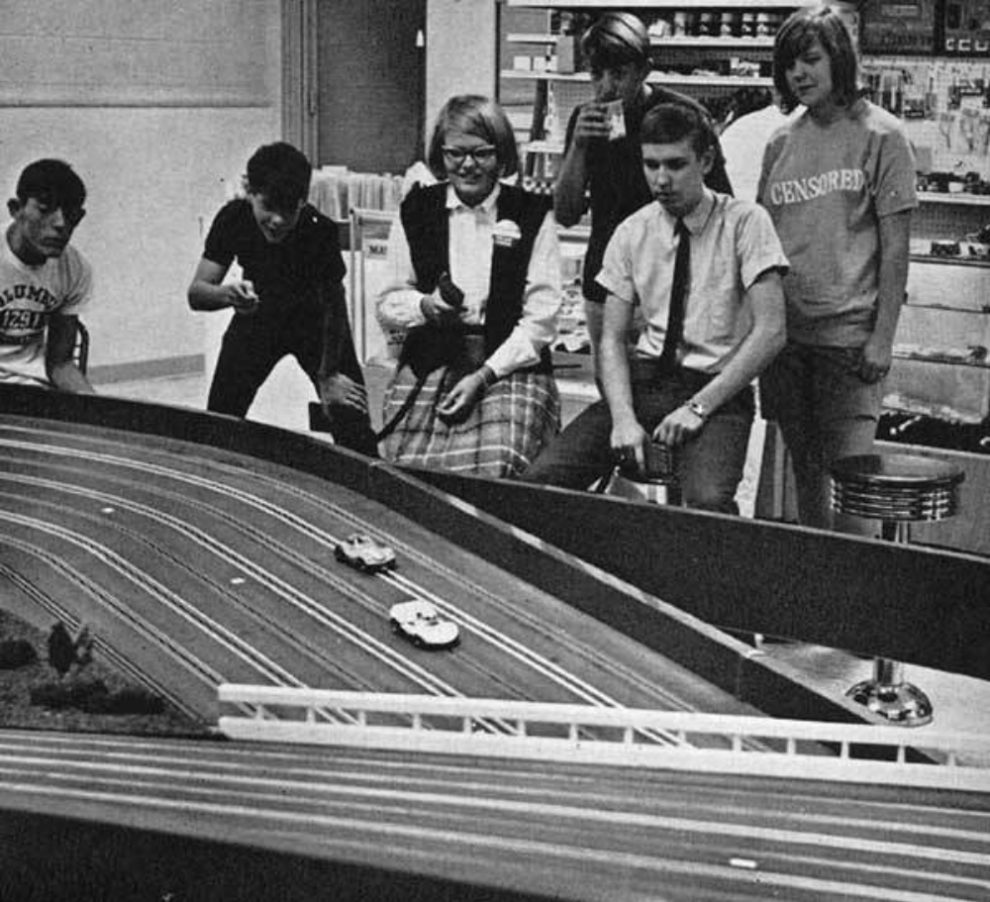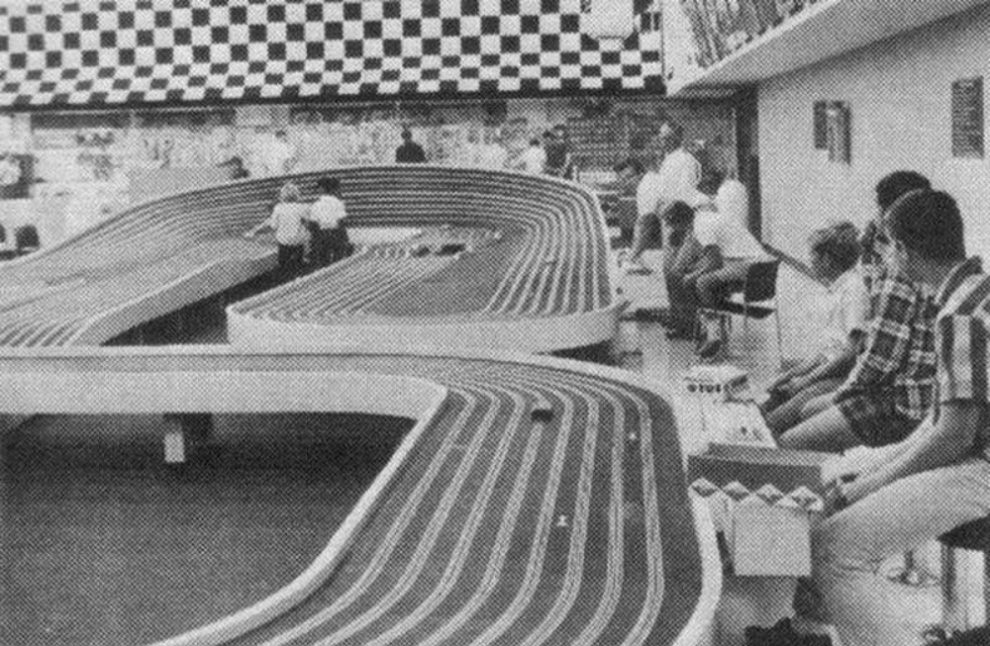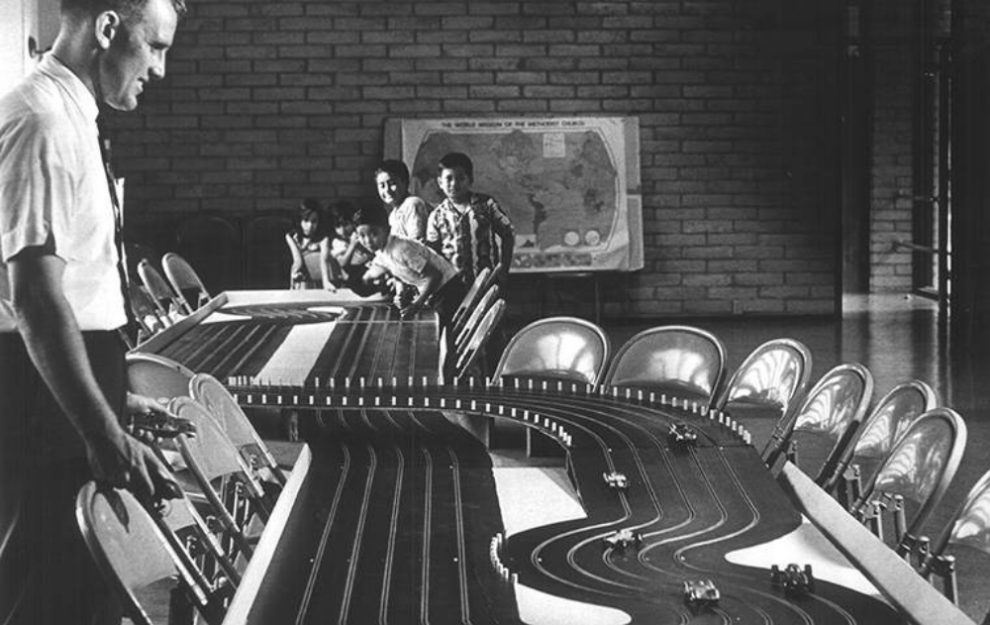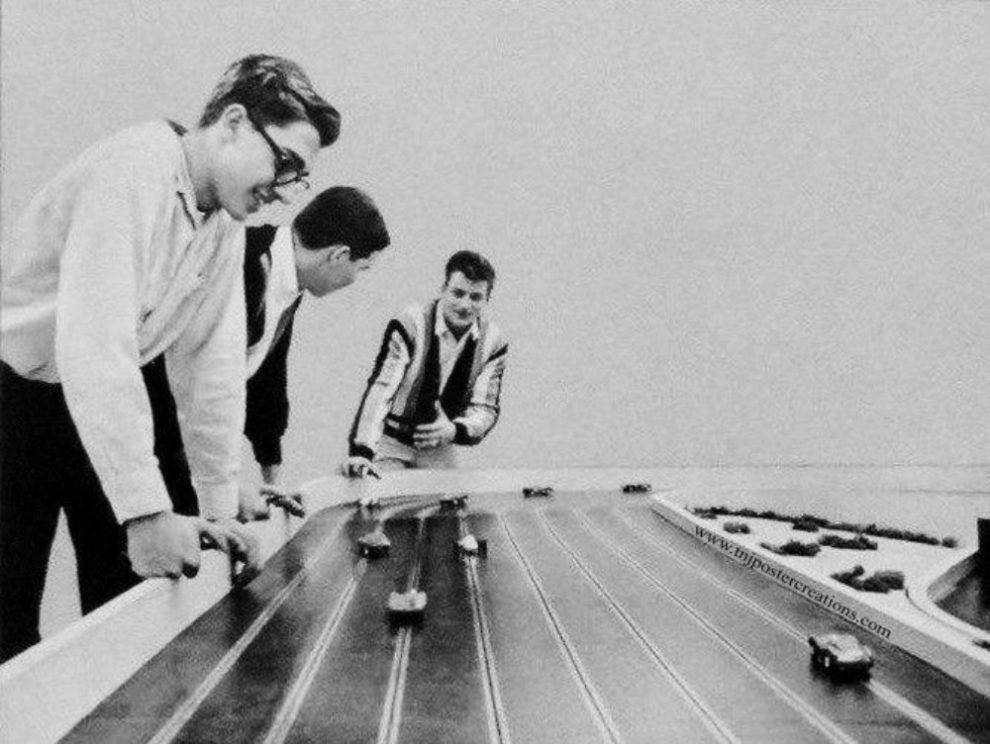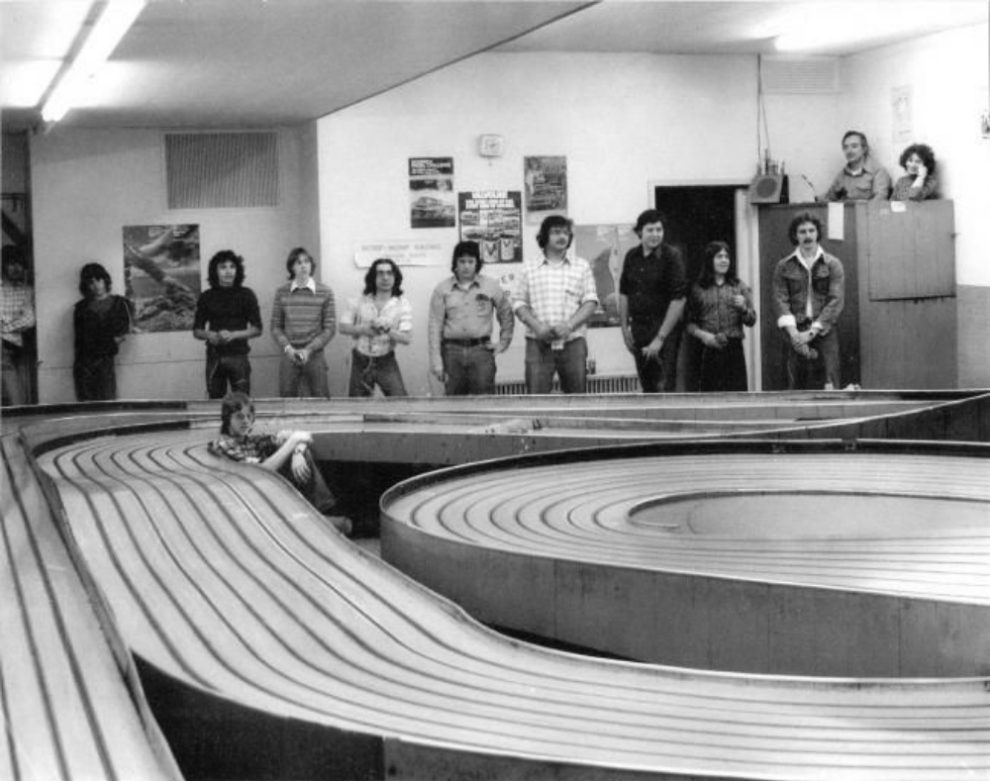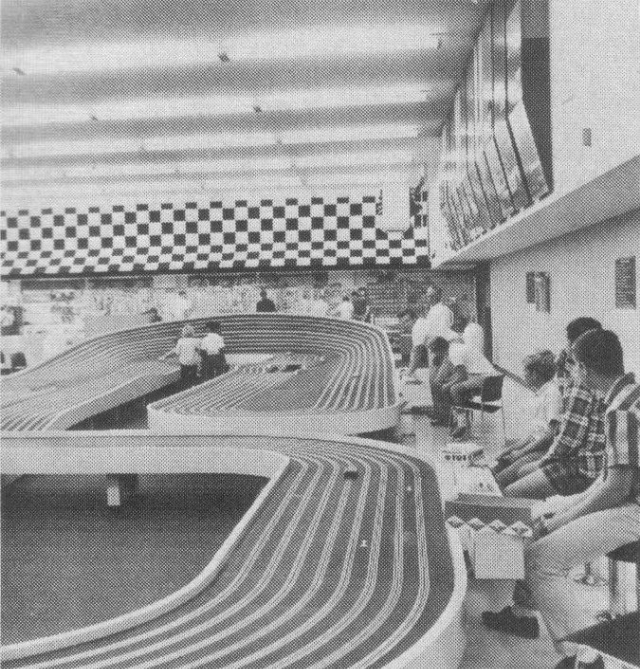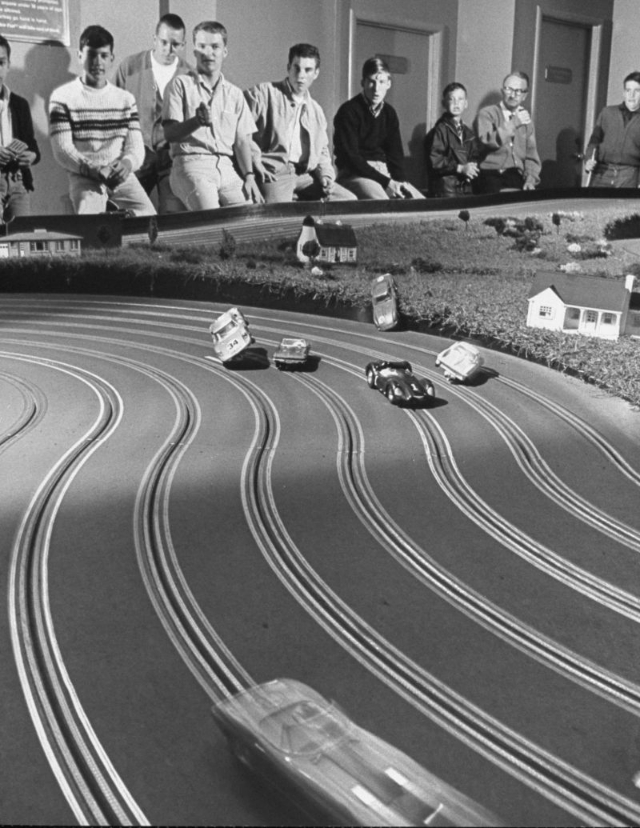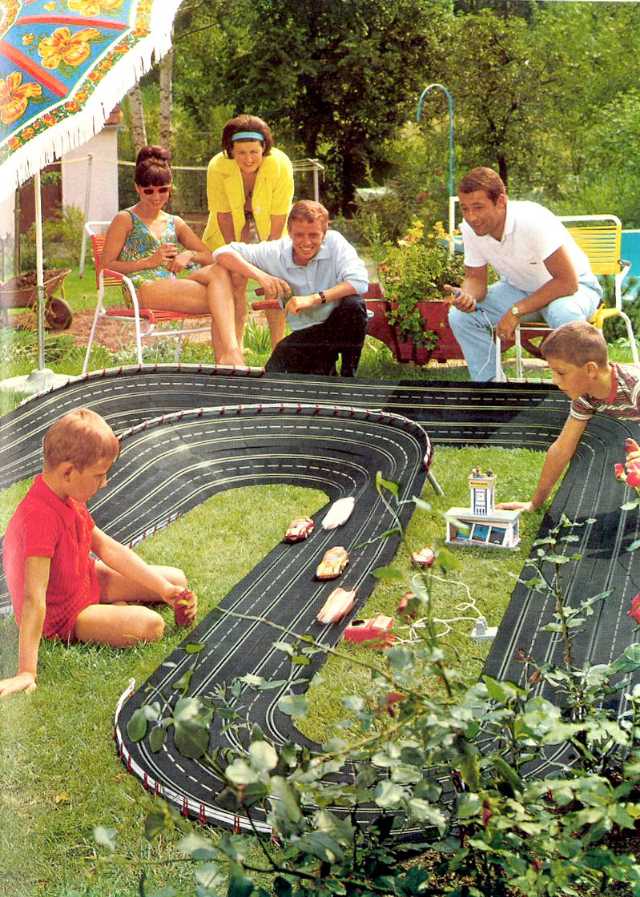Slot Car Racing: The Hobby that Took America by Storm and Then Vanished
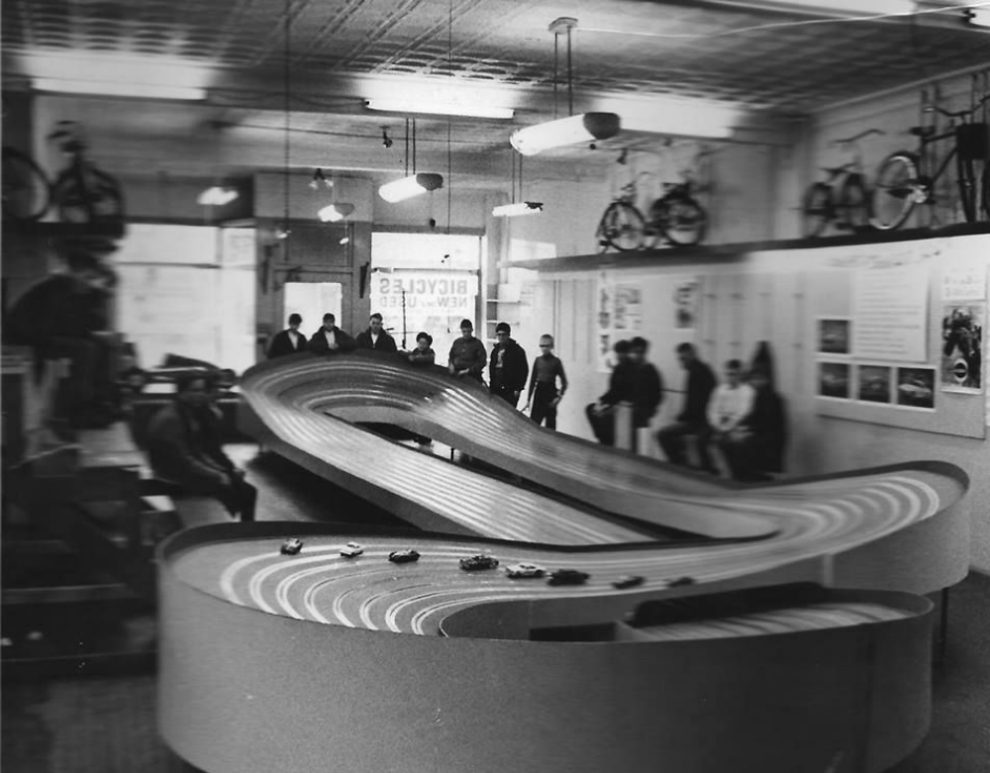
In the annals of hobby history, slot car racing holds a significant spot. Originating in the early 1900s, this once-popular pastime experienced a renaissance in the 1950s, thanks to innovative British entrepreneurs. They initiated the creation of electrified tracks and miniature, controllable cars which inspired a new wave of enthusiasts.
h/t: vintag.es
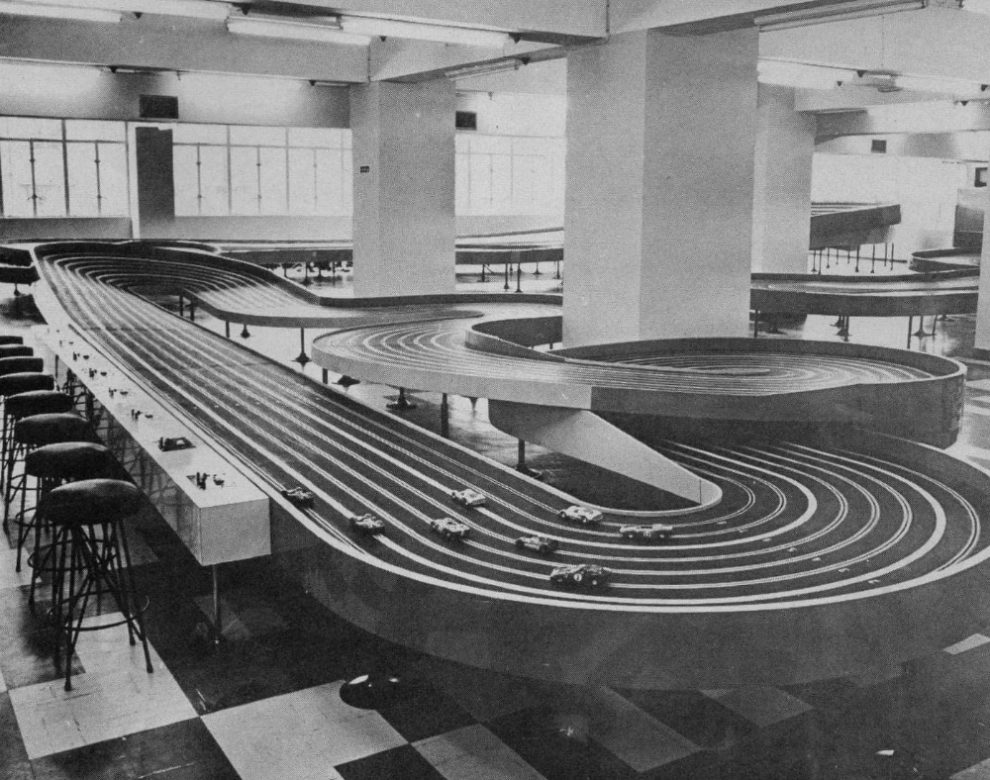
This newfound fervor transcended the Atlantic, captivating the American market. By the zenith of the 1960s, the U.S. was home to more than 3,000 public race tracks. Major manufacturers like Scalextric, Revell, Aurora, Carrera, and Tyco fueled the craze, collectively making a staggering $500 million a year from the sale of cars and equipment.
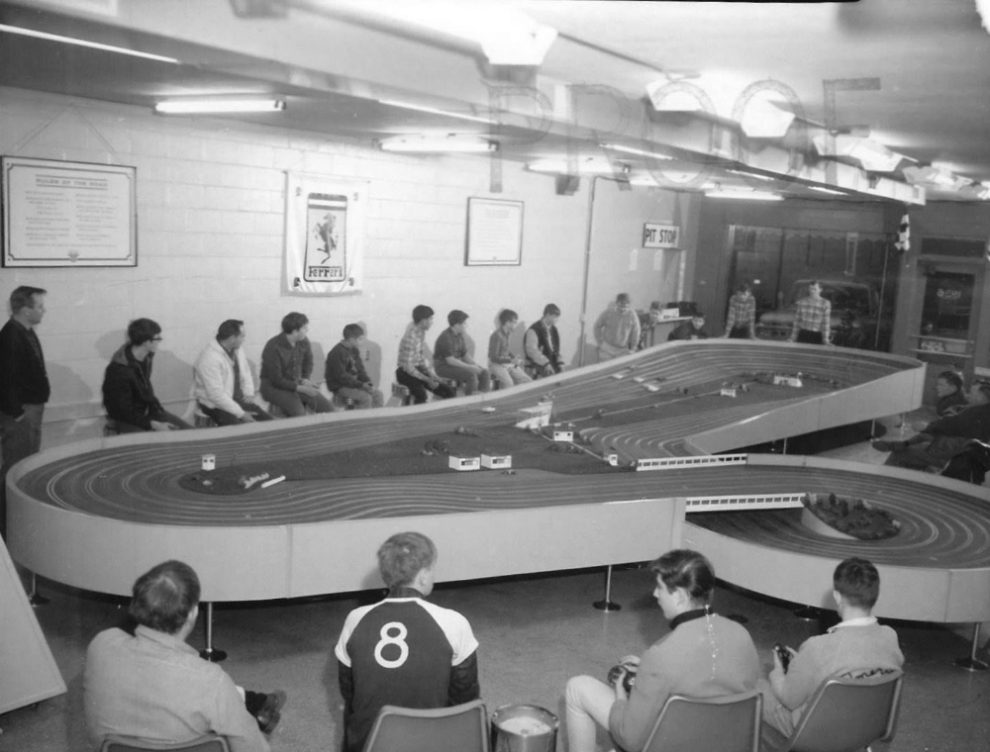
With only a few dollars in their pocket, children would flock to these tracks. Here, they would bask in the thrill of racing for hours with their friends. But like many fads, the slot car racing mania reached its peak and then started to decline. The businesses struggled to maintain profitability as they were charging these young enthusiasts a pittance to utilize their expansive tracks.
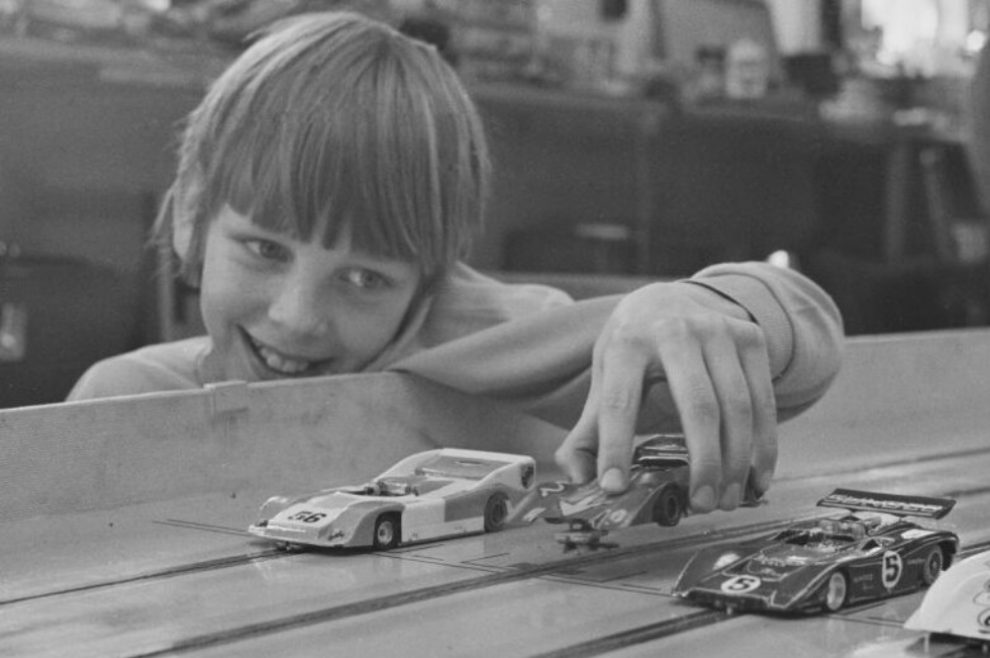
Echoing the fate of many establishments that required large real estate spaces – such as ice-skating rinks, bowling alleys, pool halls, and miniature golf courses, slot car centers also began to disappear. By the early 1970s, their numbers had plummeted drastically. A mere 200 tracks were operational by 1975, and most of these too eventually shut down, marking the end of an era for slot car racing.

